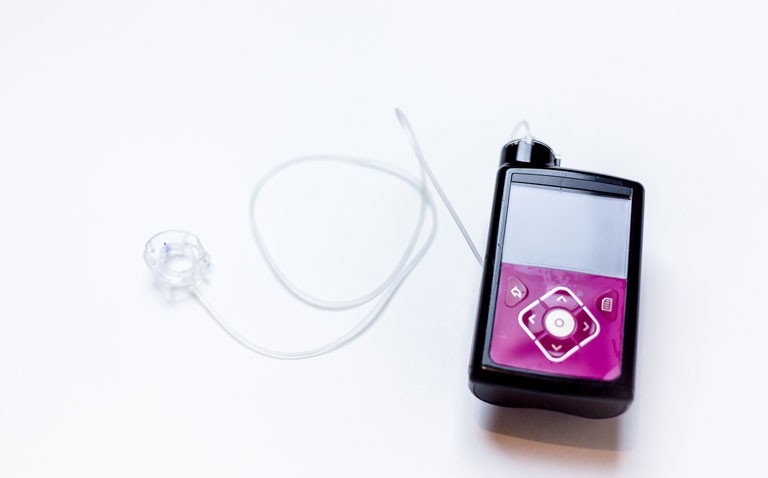BlueArmy
Well-Known Member
- Relationship to Diabetes
- Type 2
Interesting read - I guess it's obvious really.
Not sure the NHS can or should afford to do this though, but I wonder if it makes sense to invest in a CGM device personally.

 hospitalhealthcare.com
hospitalhealthcare.com
Findings
A total of 175 participants with a mean age of 57 years (50% women) and with a mean HbA1c level of 9.1% were randomised in a 2:1 fashion to CGM or BGM. After 8 months, the mean HbA1c reduced to 8.0% in the CGM group and to 8.4% in the BGM group (p = 0.02). In the GCM group, the mean percentage of time in the target glucose range was 59% compared to 43% in the BGM group (p < 0.001). Similarly, there was a significantly lower time where glucose levels exceeded 250mg/dl (11% vs 27%, CGM vs BMG, p < 0.01).
In discussing their findings, the authors noted that the greater improvements seen in HbA1c in the CGM group were due to an increased period of time for which glucose levels remained with the target range. Nevertheless, a limitation recognised by the authors was the use of diabetic specialists, which is not standard practice in primary care and that this may have limited the generalisability of their findings. Despite this, they concluded that the use of CGM resulted in superior diabetic control compared with self-monitoring.
Not sure the NHS can or should afford to do this though, but I wonder if it makes sense to invest in a CGM device personally.

CGM associated with better control in type 2 diabetics receiving basal insulin
A randomised controlled trial showed the effectiveness of CGM in type 2 diabetics using only basal insulin compared with the use of traditional blood glucose monitoring
Findings
A total of 175 participants with a mean age of 57 years (50% women) and with a mean HbA1c level of 9.1% were randomised in a 2:1 fashion to CGM or BGM. After 8 months, the mean HbA1c reduced to 8.0% in the CGM group and to 8.4% in the BGM group (p = 0.02). In the GCM group, the mean percentage of time in the target glucose range was 59% compared to 43% in the BGM group (p < 0.001). Similarly, there was a significantly lower time where glucose levels exceeded 250mg/dl (11% vs 27%, CGM vs BMG, p < 0.01).
In discussing their findings, the authors noted that the greater improvements seen in HbA1c in the CGM group were due to an increased period of time for which glucose levels remained with the target range. Nevertheless, a limitation recognised by the authors was the use of diabetic specialists, which is not standard practice in primary care and that this may have limited the generalisability of their findings. Despite this, they concluded that the use of CGM resulted in superior diabetic control compared with self-monitoring.
